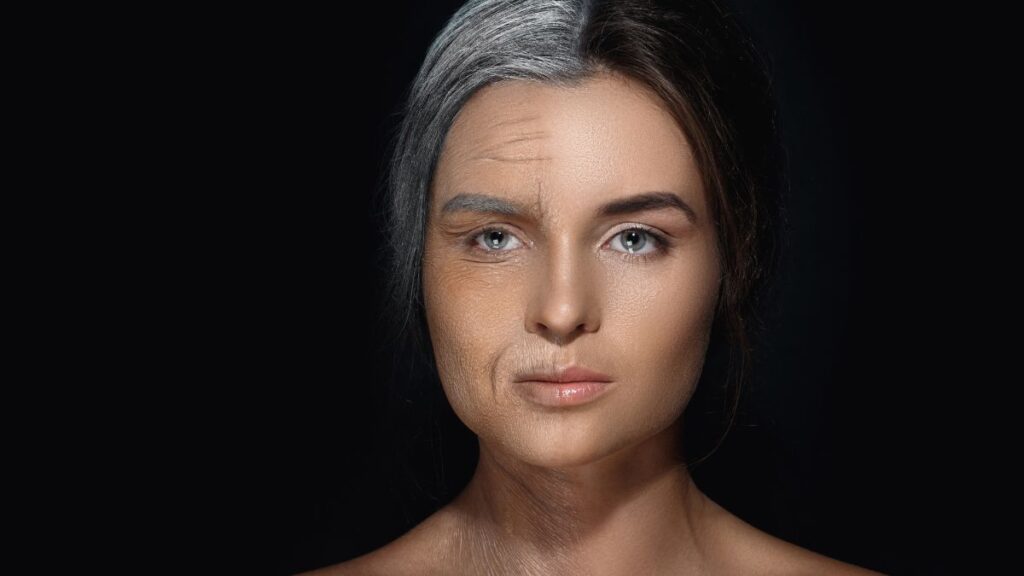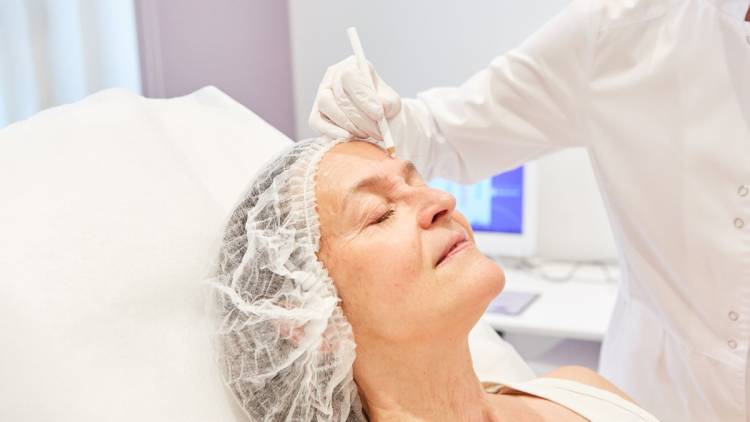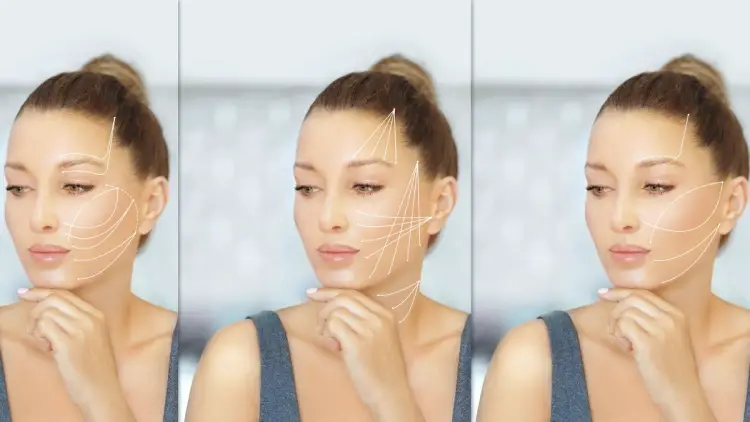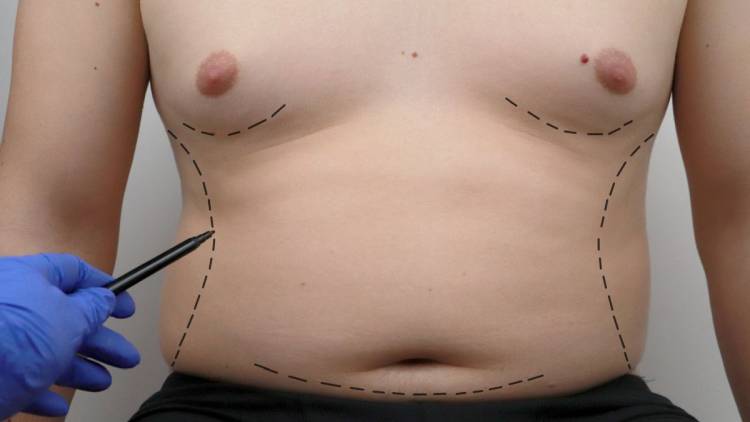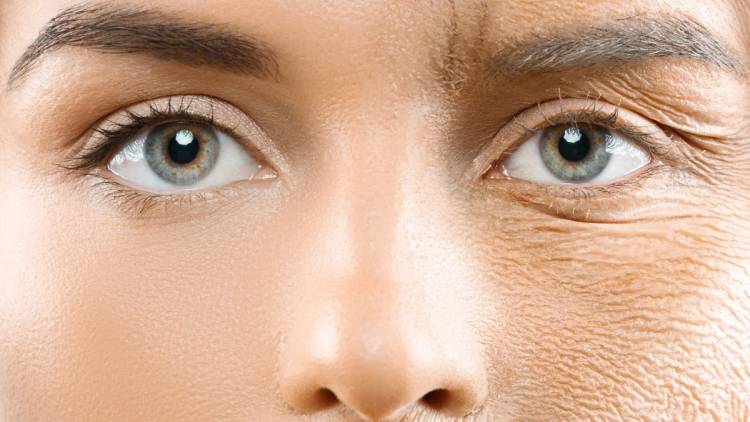A facelift, or rhytidectomy, is a cosmetic procedure that restores the contours and youthfulness of your face. Intended for both men and women, the procedure removes excess skin or tightens it, removing years of damage caused by sun exposure and lifestyle choices. If you are considering a facelift in your 50s, you should consult your family doctor and a good, specialized plastic surgeon.
Before getting a facelift consult, however, it would be helpful to figure out what exactly you do not like about your face. While some say that they do not like their jowls, others may say that the droopy skin in the lower two-thirds of their face leaves them ashamed and makes them uncomfortable in social events. Some may even add droopy eyelids to the list of things they would like to correct or have scars from previous facelifts that they would like to revise.
What is a Facelift?
A facelift is a surgical procedure that removes age from your face by tightening the skin and/or the underlying tissues. This gives a more youthful look to your face and makes you look, on average, ten years younger. As the procedure is done in complete or total anesthesia, you will not be able to feel a thing. Total sedation puts you to sleep so that your surgeon can do their share of the work. The recovery is relatively short, and you will be able to go back to work within two weeks.
Who is a Facelift Good For?
A facelift is good for anyone who feels that their face and their perceived age do not match. Years of sun damage, environmental factors, and stress can make you look much older. For women, multiple pregnancies can put a big strain on the body, making it age faster. All this damage is easily seen on the skin. As a protective layer, it is there to absorb as much damage as possible to prevent it from impacting your other organs.
As such, a facelift is a necessary procedure. Protecting your skin with a strong SPF and nourishing it both from inside and out do help delay the need for a facelift, but they can never remove the need for it.
You may want to consider a facelift in your 50s if you:
- Do not like the lax skin on your face,
- Experience eyelid ptosis,
- Experience skin laxity on the forehead,
- Experience sagging jowls,
- Have deep crevices on your forehead,
- Have lowered eyebrows,
- Look too old for your age, and
- Want realistic results, with no crazy promises of a facelift being the fountain of youth.
Different Kinds of Facelift
Eugene van Hollander performed the first facelift in 1901. As this was an experimental procedure back then, we will not dwell on it too much. Over time, many different approaches to facelift have emerged, as the needs for a facelift are different:
- You may want to have your first facelift in your 40s. In this case, you will delay the need for a repeated facelift to your 60s or even 70s,
- You may want to have a facelift to freshen up your face – a baby facelift is there to ensure a few years are removed from your face, or
- You may want to have a facelift for a certain part of the face – sometimes, only the upper third (the forehead) or the lower third (the jowls and the area around the lips).
Depending on your needs, you should speak with your surgeon and see what should be done to ensure you have the face you are proud of. Always remember to stay realistic about what can be achieved with a facelift, as too high expectations on your side and too many promises made on the side of the surgeon usually result in botched plastic surgery. Here are some common types of a facelift:
- Full Facelift – addresses lax skin on the entire face,
- Deep Plane / SMAS Lift – lifts your face by lifting the underlying muscles and other tissues supporting the skin, resulting in the most natural looks and very little bruising during the recovery period,
- Mini Facelift – addresses the entire face by means of smaller incisions than with a full facelift. It is limited in skin laxity it can improve,
- Mid-Facelift – addresses the middle portion of the face and is the best type of facelift for a tired-looking face,
- Cheek lift – your cheeks may become lax due to sun exposure and subcutaneous fat loss,
- Saggy Jowls Reduction – removes saggy jowls, especially common in men,
- S-Lift – rejuvenates the lower segment of the face and addresses saggy jowls or double chin, and
- Brow Lift – Lifts your brows by tightening the skin of the forehead.
Facelift Procedure
You should know that the facelift procedure starts way before the surgery itself. Your surgeon will recommend that you focus on good dietary habits and regular exercise. You should also refrain from smoking and alcohol for at least two weeks before the procedure. This will decrease the chances of any complications and will speed up the recovery.
After the preparation period, you will be put under total sedation, and your surgeon will perform the facelift. They will make inconspicuous incisions along the natural contours of your face, always in spots where incisions are easy to hide, such as the hairline and the area behind your ears. The skin is tightened, and any excess is removed. The incisions are sutured, and you are woken up.
Facelift Recovery
The procedure usually does not last longer than 3 hours (even though this is long for many types of facelift procedures). The recovery period lasts 2-4 weeks, with some mild swelling (barely noticeable) extending to a few months after the procedure. In most cases, you will be able to go back to work as soon as a few weeks past the procedure. You can return to your daily routine just days after the facelift.
Other Anti-Age Procedures for 50-year Old
As you may know, the time that is spent under sedation should be wisely spent. The same goes for the recovery period, as getting a few weeks off work can be difficult to manage for many. This is the reason why many men and women choose to have multiple procedures all at once – this way, the time is used for the best, and expenses are reduced as well. Here is a procedure commonly combined with a facelift:
Tummy Tuck
Tummy Tuck or abdominoplasty is the removal of excess skin from the belly. This procedure is aimed at mothers and women who do not want to have any more children. In this procedure, the natural contours of your tummy are restored, and you are left with a flat belly that you will be proud to show off.
Eyelid Surgery
Eyelid surgery or eyelid ptosis removal is another surgical procedure commonly combined with a facelift. In this procedure, excess skin and fatty tissue are removed from the eyelid (either upper or lower or both), and excess skin is trimmed. The results are rejuvenated eyes and a wider field of view.
Breast Reduction
Breast reduction is another simple procedure commonly combined with a facelift. This procedure is commonly required by women, although men with lax chest skin and glandular tissue development (late gynecomastia) can also opt for it. In case you have breast implants as well, you may choose to have them removed and tighten the lax skin.
Non Surgical Procedures
Non-surgical procedures are also combined with a facelift, although you do not necessarily have to be sedated for these procedures to take place. Most often, at least in the case of injectables to the face, you may choose to have one procedure and then another, as you will not be able to see the right results immediately after the surgical procedures. Here are nonsurgical procedures commonly combined with a surgical facelift:
Botox for Deep Wrinkles
Applying Botox to areas with deep wrinkles will slow down their formation even after a facelift. This is a great way to ensure your facelift lasts for as long as possible. Botox can also be applied to other areas of the body, such as the neck.
Botox for Private Parts – Men
One of the novelties in the world of injectables is Botox injectables for testicles. As your testicles have a lot of muscles in the skin itself, they can contract and relax to adjust the body temperature. Many men choose to have Botox applied to their scrotum for a more smooth look and a seeming increase in the size of the testicles. The procedure is called the Scrotox procedure.
Hyaluron Injectables
Hyaluron injectables can be applied to the face. A facelift removes excess skin only; it does not address the quality of the skin. Hyaluron holds water onto it and ensures plumper, fresher and younger look of the skin. The results are visible for around two years after the initial procedure.
PRP for Aging Skin
PRP or Platelet-Rich Plasma is your own plasma that is injected into your face. It is believed to have rejuvenating effects, adding to the tone and the glow of your skin. The procedure is easy, lasts a few minutes only, and leaves results lasting up to a year.
DermaPen
The DermaPen procedure makes tiny holes in your skin and boosts its natural ability to produce collagen. The result is a rejuvenated face, with more glow and thicker, more pleasant skin that you can be proud of. Dermapen is also used for scar revision.
Lasers
Different lasers exist on the market with the goal of tightening and resurfacing the skin of your face and body. They can also remove liver or sun spots as they help break down melatonin in your skin. Lasers have minimal to no downtime.
How to Delay Facelift
Despite both surgical and non-surgical methods, the best thing you can do for your skin is to keep it strong and healthy for as long as possible. This will delay the need for a facelift for a long time and keep you looking fresh and young for years to come. A healthy diet, using anti-aging skin care products, avoiding stressors, and leading a healthy lifestyle with plenty of exercises are usually enough to slow down the aging of your skin.
Facelift FAQ
When Are you Too Old to Have a Facelift?
There is no exact age when you are too old to have a facelift. However, you should be healthy enough to have one and to recover from it. Any chronic conditions, smoking, alcoholism, and an unhealthy lifestyle can all lead to bad health, and this is the biggest determiner of when you can get your facelift. A smoker, for example, may become ineligible for a facelift in their 50s, while a person leading a healthy lifestyle may have a facelift in their late 60s.
How Many Years Does a Facelift Take Off Your Age?
A good facelift will remove ten years from your face. If you take good care of your skin and the body and rely on additional non-surgical procedures, you can remove up to 15 years from your face. Everybody is different, so speaking with your surgeon is the surest way to tell.
What Is a Ponytail Facelift?
A ponytail facelift is a type of facelift that is supposed to mimic the way your face looks when the hair is pulled in a ponytail. This procedure is also considered a mini-facelift and is minimally invasive. The results are immediately visible, and the recovery period is short.
How Painful is a Facelift?
As with any other surgical procedure, a facelift may cause some discomfort. For this reason, your surgeon will prescribe pain relievers that you should use as indicated. The pain starts decreasing on the third-day post-op.
Final Considerations
A facelift is a great surgical procedure for all who would want to remove a few years from their face. The short recovery period and visible results are all many hope for. A facelift is especially effective at removing age from your skin if combined with other non-surgical procedures and injectables.

